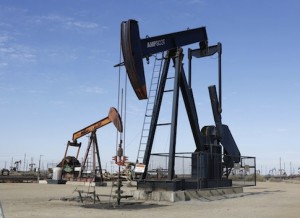The president has touted the resurgence of manufacturing in America in two SOTU speeches. He has stated among other things that our manufacturing sector is adding jobs,
620,000 new manufacturing jobs over the last four years, for the first time since the 1990s. This resurgence is fueled by abundant natural gas production, which the President stated in a trip to the
Marcellus Shale region outside Pittsburgh on January 30th. At this event, President Obama and US Steel CEO Mario Langhi provided some much-needed context into how the steel manufactured there is used in our daily lives. More specifically, the steel made at this facility is being used to manufacture pipelines needed to bring natural gas to our homes. And while the steel industry manufactures and provides pipelines, the natural gas industry has supplied steel plants with cheap natural gas, which keeps production costs down. Interesting that the President takes credit for increased manufacturing that largely comes from natural gas derived from fracking which he and his supporters abhor via pipelines that he does not approve. He says his administration has launched two hubs for high-tech manufacturing. One is in Youngstown, Ohio and is focused on 3-D printing and one focused on energy-efficient electronics in Raleigh, North Carolina. He has announced the next two advanced manufacturing hubs. One is in the Detroit area, and the other is in Chicago, Illinois. All these hubs are partnerships that bring together companies and universities to develop cutting-edge technology, train workers to use that technology, and then make sure that the research is translated into real-world products made by American workers. Sound good? Well it is supposed to sound good. But doe sit make a difference or just spend money? We will have to wait and see.












